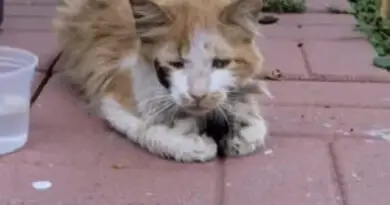Ferret Noises And Training – 8 pics
Ferrets are one of the most lovable pets to own. They are high energy creatures and their enthusiasm and spirit is sure to rub off on you. They will provide you the much needed fillip when you are down and depressed.
1 / 8

Ferrets spend a large portion of the day sleeping but when they are awake they are a bundle of energy. In contrast to the high-spirited show that they put up during their waking hours ferret noises are rather very uncommon.
2 / 8

Ferrets are highly emotional and sensitive. They tend to understand human emotions very easily and respond accordingly. You have to train your pet from a young age to respond in a manner that you want to. Ferrets are best trained by positive reinforcement. They have to be constantly encouraged. They need a smile or a pat on the back from you.
3 / 8

Never beat or scruff the ferret. It might retaliate and end up biting you. Gesticulate and show your approval or disapproval as is appropriate when he does something. Ferret noises along with body movements are the language for communication.
4 / 8

Dook is a very common noise made by ferrets which indicates happiness, excitement and joy. It resembles the clacking sound made by hens. Hissing is another sound made by ferrets that indicates annoyance, anguish and anger. It is better to stay away from the ferret when it is making hissing noises.
5 / 8

Whining is another noise made by ferrets. A whine resembles the cry of an infant. It means that your ferret is in danger. It could also be that he is trying to attract attention. Be sure to check out whether your ferret is in trouble when you hear this sound.
6 / 8

Screeching is another noise made by a ferret when it is hurt or frightened. Look out for your ferret when he makes this noise as he might have landed himself in trouble.
7 / 8

Ferrets are very agile and active and their body language and noises are tools of communication. You should be patient and persistent in training them to communicate their emotions appropriately.
8 / 8


